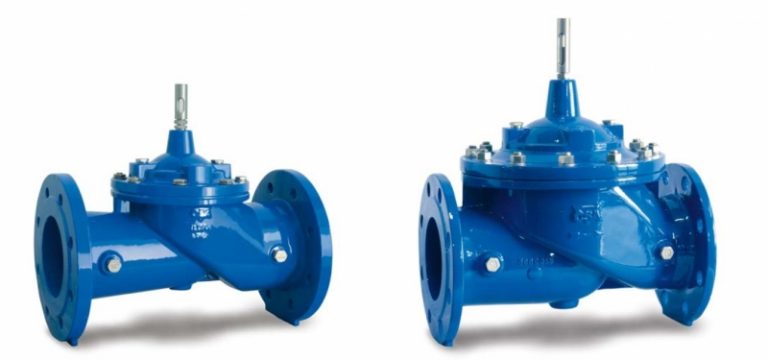Vacuum pump cavitation is a major challenge for industries and applications that rely on vacuum pumps. To better understand how to prevent cavitation, it would be best to first figure out what cavitation is all about. Essentially, cavitation is a situation whereby, fluid pressure changes drastically and creates gas bubbles, causing wear and tear on the surface of the metallic casting. The result is that, whole processes have to stop, and lead to significant losses in the manufacturing process. That’s why it is best to work more on undertaking preventive measures than on repairs. To cut down on costs and enhance efficiency, here is how you can prevent cavitation with high-quality technology.
1. Work on the potential causes
Like everything else, technology, or otherwise, the best way to prevent adverse effects of any process is to deal with the causes. When it comes to vacuum pumps, one of the causes of cavitation are issues to do with the compressant. Cavitation occurs when the compressant is not set correctly. This causes gas bubbles to be introduced into the liquid compressant leading to cavitation. To deal with this issue, it is important to ensure that the compressant rate is set correctly at all times. This is something that can be done automatically using high tech sensors.
Another major cause of cavitation in vacuum pumps is improper clearance. This usually happens in pumps at high vacuum levels.
On top of that, vacuum pumps develop cavitation to the wrong pressure. This leads to an operation that is much higher than the operating capacity of the compressor leading to operational issues. Then there is the issue of discharge blockage. This usually happens when a blockage stops a drain pump outlet from operating optimally. Just like the issue of the seal compressant, these are issues that can be detected earlier by high-tech sensors, which then ensures that cavitation does not occur in the first place. Knowing the potential causes and pre-empting them is the most cost-efficient way to prevent cavitation. That’s because it deals with the problem in its early stages before it requires complex rectification procedures.
2. Understand the type of cavitation likely to occur
Just like understanding the causes is important, it is equally important to understand the type of cavitation one is dealing with, to come up with effective preventive measures. One of the best ways to reduce cavitation is to understand the type of cavitation you could be dealing with at the time. Below are a few types of cavitation and ways of preventing them.
a) Preventing vaporization cavitation
Vaporization or classic cavitation is the most common form of the many types of cavitation. It happens whenever a centrifugal pump exerts velocity on a liquid passing through the impeller’s eye. If in case the impeller has a malfunction, some of the liquid gets boiled and forms the bubbles and waves that cause the cavitation.
Stopping or preventing this type of cavitation requires that you take the following measures;
- You can slow down the motor, thus slowing down the pump. Reduction in the speed of the motor reduces the rate at which the liquid flows and hence its pressure. As a result, the reduction in pressure prevents the waves from forming.
- Add a booster pump to your system to reduce the stress and pressure incorporated on your primary pump.
- You can widen the diameter of the eye located at the center of the impeller.
- Add more liquid to increase its level around the suction
- Reduce the temperature of your system, including areas around your pump and other components
- Incorporate an inducer.
b) Preventing Vane Syndrome Cavitation
Another common type of cavitation is vane syndrome. It does not take much to prevent this form of cavitation. You only need to free up the space that is between your impeller and its housing. This space should be 4% that of the diameter of the impeller. You must get your measurement correctly. Here is how to go about that process.
- Check the interior of your pump’s restricted discharge valve for any blockages
- If there is any debris, remove to clear the downstream filter.
- Install the check valve correctly, checking that you do not insert it backward.
- Ensure the discharge valve remains open at all times
- Check pressure at the discharge line to ensure the header is operating at its optimal.
There are other types of cavitation, but these are the most common. Following these instructions properly helps prevent these and others to some extent.

0 Comments